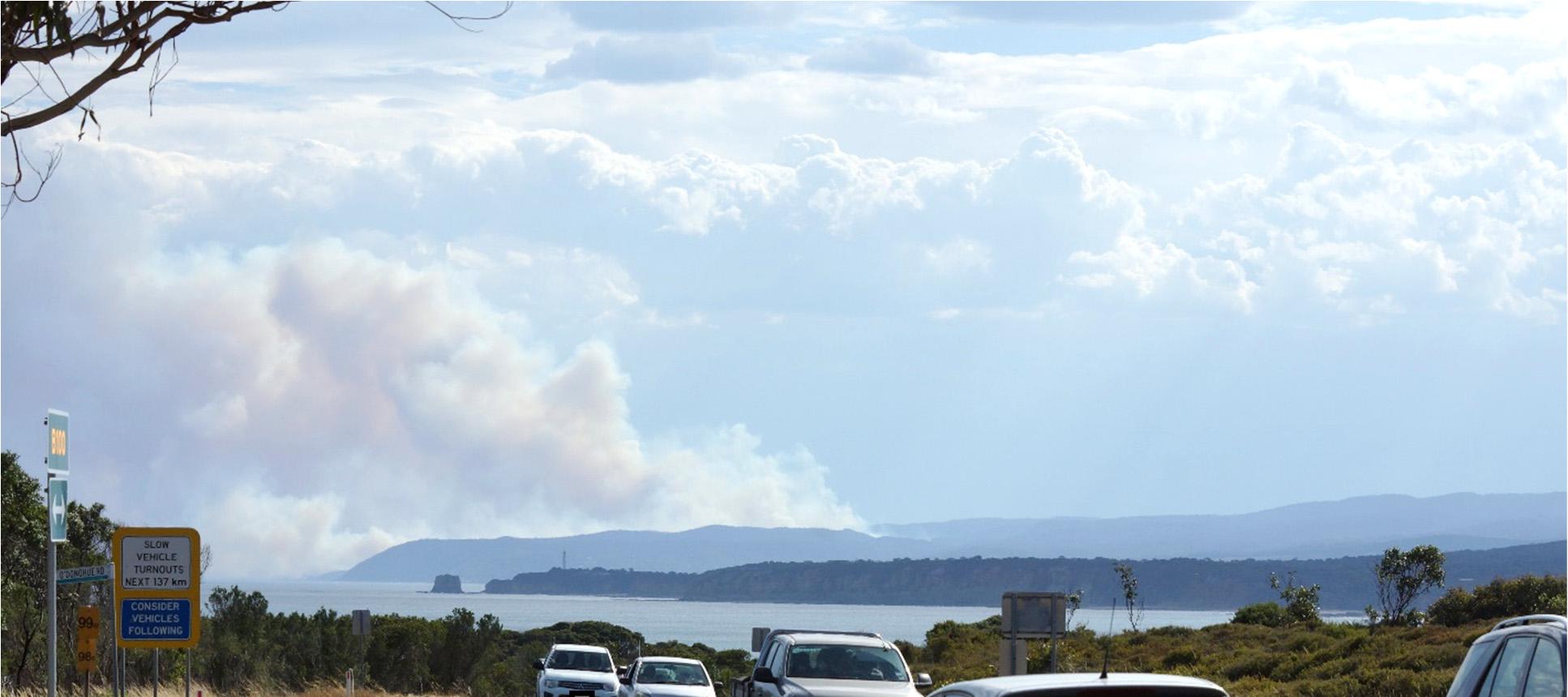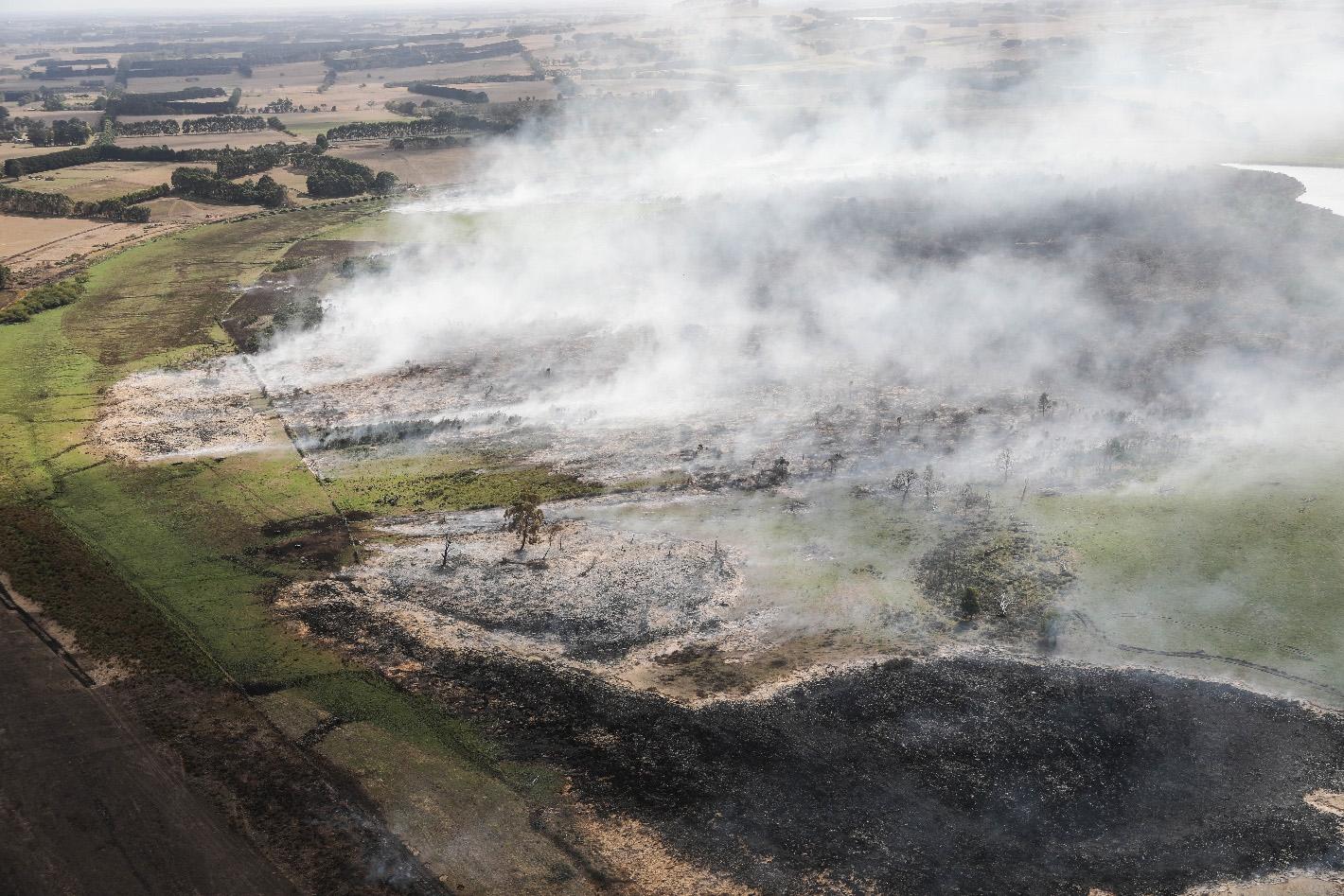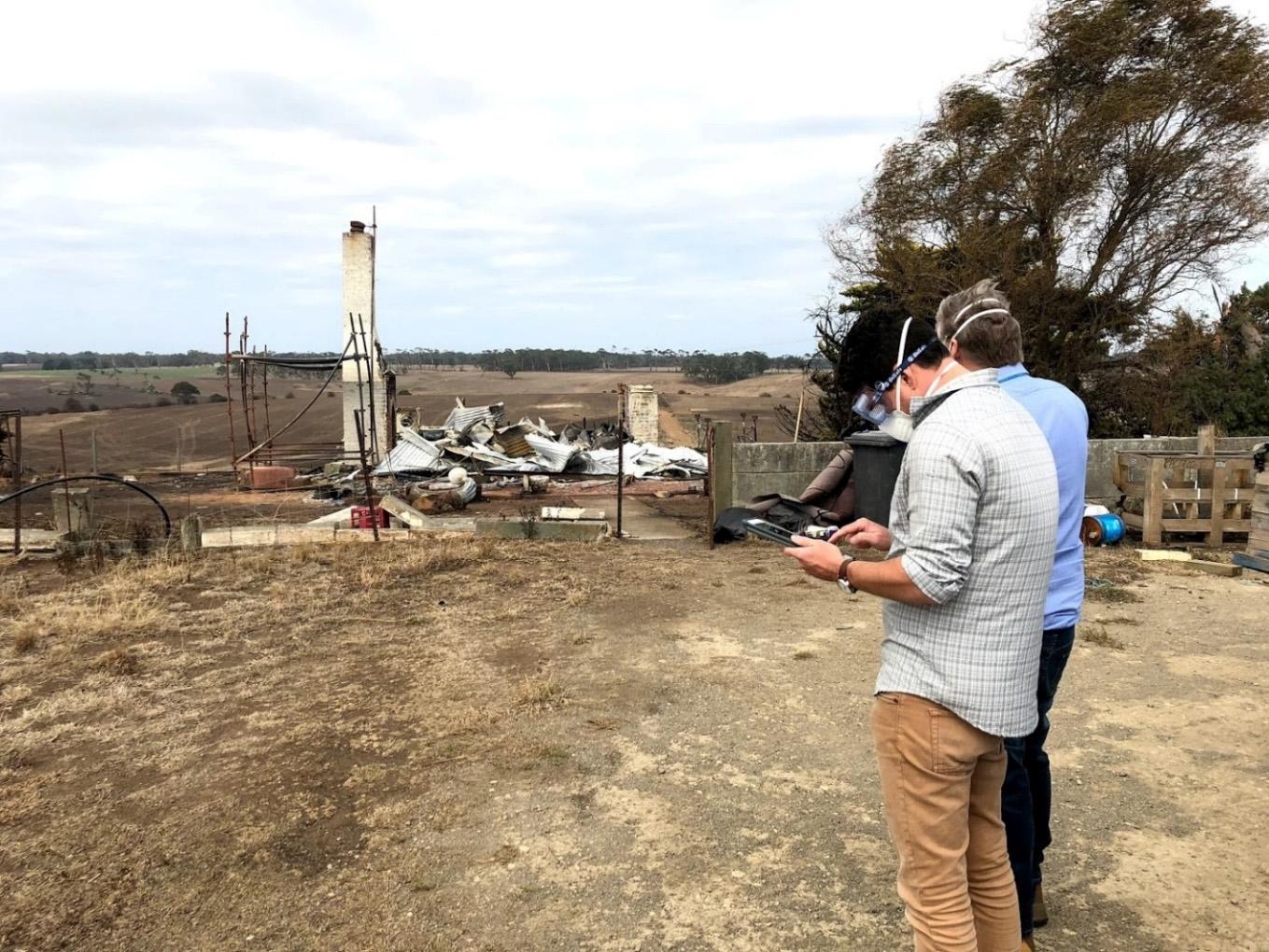
9 minute read
4.1 Consequence management approach
4 Consequence management
4.1 Consequence management approach
Finding 10
The Inspector-General for Emergency Management (IGEM) finds the sector values consequence management as an approach that fosters: consideration of the wider ramifications of an emergency event, including appropriate actions and the coordination of broader sector organisations and partners a way to think about and adapt to non-traditional and unanticipated emergencies. IGEM finds that the consequence management approach is diffusing broadly across the sector, but with different understandings and applications across and between local, regional and state tiers.
Most stakeholders agreed that consequence management has or could provide value to the sector. Stakeholders reflected that consequence management encouraged broader thinking and a change of focus from the initial response to considering the wider effects of emergency events. This included considering all phases of the emergency, the range of organisations, community and industry partners to be coordinated and supported in response and recovery. Stakeholders reported the value of consequence management is to enable broad, longer-term thinking which: aids understanding of the cascading and compounding consequences that potentially have larger negative effects than the initial impacts creates a common focus on community needs expands the courses of actions considered during response and to aid in recovery identifies a broader range of organisations, community and industry partners to be coordinated in response and recovery identifies potentially specific individuals and groups within the affected community with different recovery needs. One stakeholder described the value of using a consequence ‘lens’ as:
It makes a massive difference to … the questions you're asking. The information you're gathering actually then starts to build much more sophisticated intelligence into the decision-making.
A few stakeholders raised that a valuable aspect of consequence management was its promotion of a shift from ‘siloed’ organisation thinking to broader-sector considerations. Consequence management encourages a focus on community needs and sector collaboration to address those needs most efficiently. Throughout the review, the term ‘approach’ rather than ‘process’ has been more appropriate to apply to consequence management. Most stakeholders described consequence management as an approach that supports effective coordination and decision-making. Stakeholders highlighted the value of continuing to apply consequence management as an approach as it facilitates dynamic and adaptive thinking in all emergencies.
The following stakeholder’s comment captured how consequence management has the capacity to assist with future unknowns by remaining an approach:
… I think we’re also good at identifying consequences of the typical emergencies that we get, the floods, the fires, the storms. It’s the ‘outside of the box’ ones that we’re really going to struggle with. So, if we get a significant power outage like South Australia, I think we’re going to really struggle with some of that, and any of the other ‘out of the box’ emergencies that we might face, I think that’s where we’re really going to struggle.
Victorian emergency events including the 2018 West Footscray Fire, the 2017 Bourke Street tragedy, the 2016 thunderstorm asthma event, and the 2014 Hazelwood Coal Mine fire, were discussed as examples that could have benefited from a consequence management approach being applied or a more comprehensive consequence management approach that considered a broader range of consequences. The sector continually builds on knowledge gained from past emergencies. However, there will almost always be unique circumstances in each emergency due to factors such as the emergency characteristics, the context, location and impacted community. IGEM notes it is important to learn from past emergencies and the people impacted but there is also significant value in considering and planning to mitigate unknowns. Stakeholders described the value of consequence management for informing relief and recovery efforts. However, they identified greater potential for consequence management to inform response priorities and decision-making to mitigate or reduce the scale of necessary relief and recovery activities. This reflects the understanding that response decisions influence community recovery. Some responder agencies have used a consequence management approach to inform their response decision-making (examples described below), but there is scope to further embed this approach across the sector. Stakeholders engaged in the review described examples where the application of a consequence lens had improved outcomes.
One example was the removal of a stockpile of more than 10,000 tyres in Stawell [82, 83]. The removal required the coordination of multiple organisations and partners to remove the risk of a fire starting in the stockpile which would have been a large-scale emergency. A tyre fire of this magnitude would have had large implications for the future sustainability of the surrounding town due to the likelihood of health, economic and environmental consequences. Another example of consequence thinking is provided by Parks Victoria on response to an isolated bushfire. Parks Victoria determined not to intervene in a fire in a National Park based on consequence thinking:
…. there’s a fire going … Do we need to intervene really heavily? … [The Incident Controller] talked to the Commissioner about how he wanted to respond to it, making the argument that it was in a planned burn zone and plot. And going through the state control priorities – so, preservation of life, property, critical community infrastructure, environmental values, cultural values – and basically every single one of those things will be worse off if we intervene in this fire. He said, it’s in the middle of the Alpine National Park. It’s in a planned burn plot. Nobody is there. The only way that we’ll put people at risk is by putting firefighters out on the line... Let’s take a consequence management perspective, given that it’s already in a planned burn zone … in very remote country where if things do go wrong, the consequences for an individual if they are injured can be really extreme.
The use of consequence management thinking, and strategy development is also evident within existing plans, including the State Emergency Response Plan (SERP) - Extreme Heat Sub Plan [84], the State Landslide Hazard Plan [85] and the State Health Emergency Response Plan [86]. These plans respectively consider the broader consequences of heatwave, landslide and health emergencies, and identify strategies to mitigate the risk and minimise the severity of these consequences. For example, the SERP– Extreme Heat Sub-plan outlines the Victorian arrangements for the coordinated response to the impacts and consequences of extreme heat events (including heatwaves) on the community, infrastructure, and services [84].
Within the SERP – Extreme Heat Sub-plan [p.8-9; 84] consequences are considered within the resilient recovery model using four of the five domains: wellbeing liveability sustainability viability (see p.25 for an overview of the model). There are no consequences considered under the fifth domain of community connections. However, another chapter of the plan focuses on community resilience.
Use of consequence management across the sector
IGEM notes that the language and use of consequence management thinking is diffusing through all tiers of the emergency management sector. Several stakeholders explained consequence management had given them a ‘term’ for what they were already doing which had enabled the rapid uptake of the approach. Therefore, the value these stakeholders perceived was the system-wide application of a consistent language to stimulate broader and longerterm thinking. For example:
…. I don’t think there’s anything new. I think it’s a concept and a language. But I think it’s a way of challenging us to think more broadly and to think ahead and to think about things that might be outside of what is familiar and helping us to plan for the unknown.
Nearly all local government stakeholders interviewed understood and reported doing a form of, or using components of, consequence management. One local government stakeholder commented that they consider the consequences of emergencies, but do not generally use the term consequence management. Additional uptake of consequence management is evident in the Alpine Shire [87] and Greater Dandenong City [88] MEMPs (among others) which state that councils’ role is to provide information to inform consequence management if the emergency escalates to regional or state tiers. Another variation on the uptake is the Cardinia Shire Council MEMP [89] which states it will establish its own consequence management team to respond to an emergency event if required. Hence, a general understanding and using of the approach was noted at the local tier. Local government stakeholders described often being the last organisation managing an emergency event and having a responsibility to manage consequences to the end. Furthermore, local government is closest to their communities, deliver a range of services to their communities and hence, is aware of specific community features and needs:
For example:
I think it’s a sound idea [consequence management], but councils don’t operate in a siloed way. When councils are dealing with community recovery, they would be doing it with that sort of lens [consequence management] regardless … I think it's what councils are doing in most cases.
Differing understanding of consequence management
IGEM notes that stakeholder understanding, use of consequence management and what was understood as a ‘consequence’, tended to relate to whether they operated in the local, regional or state tier and whether their role was primarily involved in emergency management planning, response or recovery. Stakeholders engaged in the review have various understandings and uses of consequence management. Only a few stakeholders had an end-to-end view and could clearly distinguish a consequence from an impact. Stakeholder interviews, after-action reviews, emergency event debriefs and organisation-specific plans revealed inconsistencies in how consequence thinking is applied. The Parks Victoria response to the Alpine National Park fire (p.50) was one example of consequence management thinking informing action. However, some organisationspecific consequence management examples and documents provided did not embed a consequence management approach, focusing more on direct impacts rather than consideration of wider ramifications.
A presentation at the 2018 VicRoads Preparedness Forum acknowledged that consequence management could have been applied better in an incident involving the jack-knifing of an articulated truck on the West Gate Freeway. The incident resulted in a traffic standstill during peak hour. Consequence management could have resulted in better decisions being made about staged road openings, communicating alternative routes to people prior to entering the freeway, and increased focus on people with vulnerabilities (for example, frail and elderly). VicRoads also noted that additional assets, such as Transurban Group’s Evacuation Trailer containing essentials such as water and pet food, could have been made available through broader consideration and consultation. When consequence management is examined across all its stages (see Figure 3, p.24), it is evident that consequence thinking and strategy development are occurring to varying extents across the sector. The next section of this report examines consequence management planning (including product preparation), implementation of those products and feedback.

Smoke from Wye River fire observed from The Great Ocean Road (Image: Keith Pakenham AFSM)







